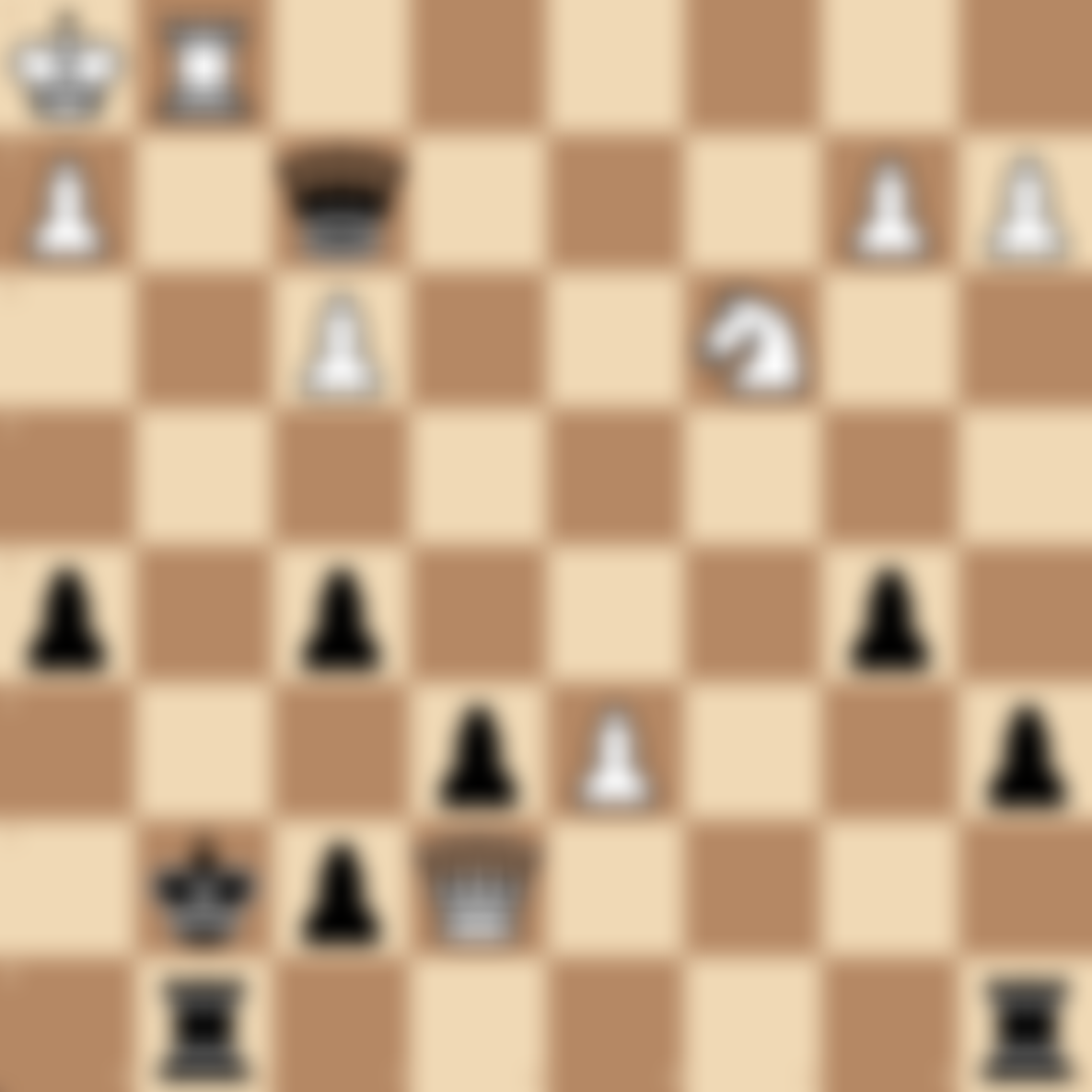Forks and Double Attacks in Chess: Mastering Multi-Threat Tactics
Table of Contents
- Introduction
- What are Forks and Double Attacks?
- Types of Forks
- Types of Double Attacks
- Key Principles of Executing Forks and Double Attacks
- Famous Games Featuring Forks and Double Attacks
- Setting Up Forks and Double Attacks
- Defending Against Forks and Double Attacks
- Forks and Double Attacks in Different Game Phases
- Common Mistakes When Using Forks and Double Attacks
- Practice Fork and Double Attack Puzzles
- FAQs
Introduction
Forks and double attacks are fundamental tactical motifs in chess that can quickly turn the tide of a game. At chesspuzzles.io, we've created this comprehensive guide to help you understand, identify, and execute these powerful tactics. We'll explore various types of forks and double attacks, provide examples from famous games, and offer puzzles to enhance your skills in these critical areas of chess tactics.
What are Forks and Double Attacks?
Forks
A fork is a tactic where a single piece attacks two or more enemy pieces simultaneously. The goal is to gain material or a positional advantage by forcing the opponent to choose which piece to save.
Double Attacks
A double attack is a broader concept that includes forks but also encompasses situations where two or more threats are created simultaneously, not necessarily by the same piece.
Both tactics are powerful because they:
- Force the opponent to respond to multiple threats
- Often lead to material gain or positional advantage
- Can be psychologically unsettling for the opponent
Types of Forks
- Knight Fork
- The most common type of fork, utilizing the knight's unique movement
- Pawn Fork
- Often overlooked but can be devastating
- Queen Fork
- Powerful but rare due to the queen's value
- King Fork
- Rare but decisive, often in endgames
- Rook Fork
- Common in open positions or on the 7th rank
- Bishop Fork
- Less common but can be powerful on long diagonals
Types of Double Attacks
- Discovered Attack
- Moving one piece to reveal an attack from another
- Pin and Attack
- Combining a pin with an attack on another piece
- Skewer and Attack
- Similar to a pin but the more valuable piece is in front
- Check and Attack
- Combining a check with an attack on another piece
- Threat to Mate and Attack
- Creating a mating threat along with an attack on a piece
Key Principles of Executing Forks and Double Attacks
- Look for undefended or poorly defended pieces
- Create threats that are difficult to address simultaneously
- Consider the relative value of the pieces involved
- Use forcing moves to set up the tactic
- Calculate all possible responses from your opponent
- Be aware of potential counter-tactics
Famous Games Featuring Forks and Double Attacks
- Bobby Fischer vs. Robert Byrne, US Championship 1963-64 (Knight fork)
- Garry Kasparov vs. Veselin Topalov, Wijk aan Zee 1999 (Complex double attack)
- Mikhail Tal vs. Vasily Smyslov, Candidates Tournament 1959 (Devastating queen fork)
Setting Up Forks and Double Attacks
To create opportunities for forks and double attacks:
- Look for loose pieces in your opponent's position
- Create threats that force your opponent's pieces to specific squares
- Use pins and other tactics to limit your opponent's piece mobility
- Consider sacrifices that lead to powerful forks or double attacks
- Be patient - sometimes you need to improve your position before executing the tactic
Defending Against Forks and Double Attacks
To avoid falling victim to forks and double attacks:
- Keep your pieces well-defended and coordinated
- Be aware of your opponent's potential forking and attacking pieces
- Look for prophylactic moves that prevent these tactics
- When faced with a fork or double attack, look for counter-tactics
- Sometimes, accepting material loss to maintain position is necessary
Forks and Double Attacks in Different Game Phases
-
Opening
- Often result from poor development or careless play
- Can punish overly aggressive opening play
-
Middlegame
- Most common phase for complex forks and double attacks
- Often arise from tactical combinations
-
Endgame
- Forks, especially with kings and knights, can be decisive
- Double attacks can quickly convert small advantages into wins
Common Mistakes When Using Forks and Double Attacks
- Overlooking defender's resources or counter-tactics
- Focusing too much on material gain and missing stronger continuations
- Telegraphing intentions, allowing the opponent to prepare
- Neglecting development or position to set up a tactical shot
- Miscalculating the resulting position after the tactic
Practice Fork and Double Attack Puzzles
Improve your skills with our collection of Fork and Double Attack puzzles on chesspuzzles.io:
Try our Fork and Double Attack Puzzles on chesspuzzles.io now
Challenge yourself with these tactical puzzles designed to enhance your ability to spot and execute forks and double attacks in various positions.
FAQs
Q: Are forks and double attacks always winning moves? A: While forks and double attacks are often powerful, they're not always winning. It's crucial to calculate the consequences carefully and consider your opponent's responses.
Q: How can I improve my ability to spot fork and double attack opportunities? A: Regular practice with targeted puzzles, studying games featuring these tactics, and analyzing your own games can significantly improve your pattern recognition for forks and double attacks.
Q: Are some pieces better than others for creating forks and double attacks? A: Knights are particularly good at creating forks due to their unique movement. Queens are versatile for double attacks. However, all pieces can create these tactics in the right circumstances.
Master the art of forks and double attacks to add powerful tactical weapons to your chess arsenal! Ready to test your skills? Try our Fork and Double Attack Puzzles on chesspuzzles.io now and elevate your tactical prowess to new heights.
